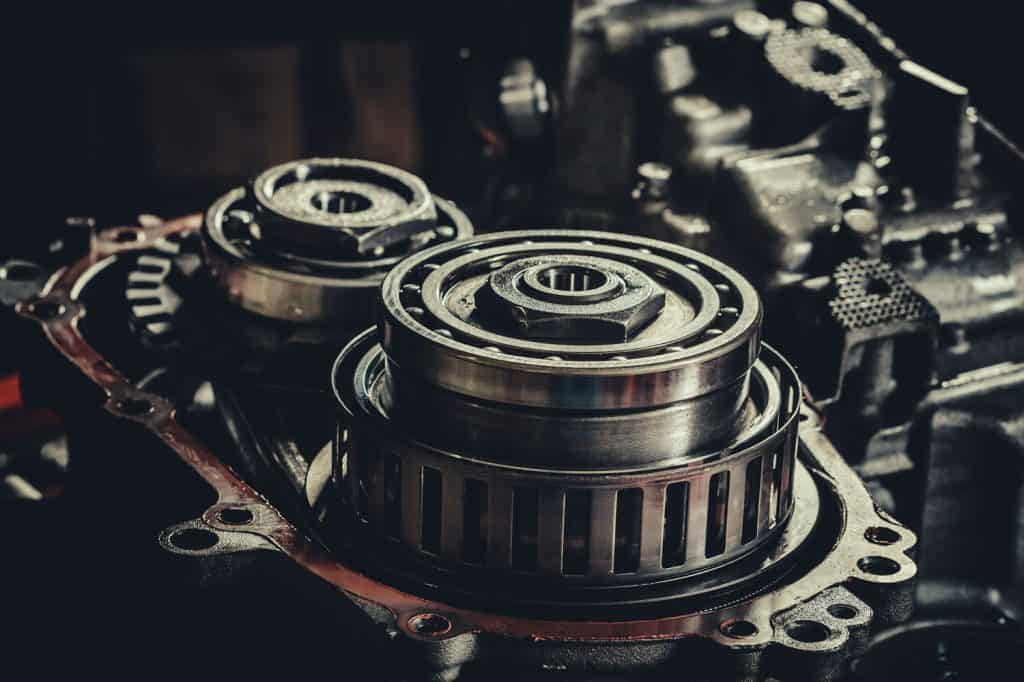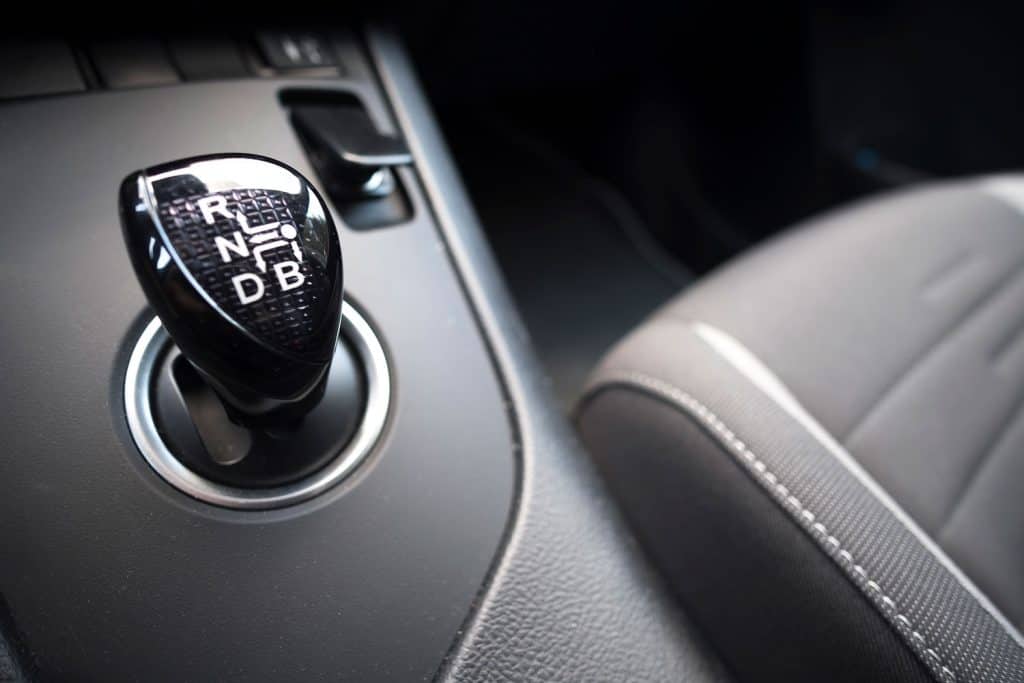The Chevy Malibu is considered one of the most prominent midsize cars in America. It has a sleek design, known for its gentle ride and good fuel economy. But if you're wondering if this vehicle has a CVT transmission, look no further because we did all the research to get the answers to you!
The Chevy Malibu has a continuously variable transmission (CVT). Malibu models ranging from the years 2019, 2020, 2021, and 2022 are available with the CVT.
Aside from the CVT, there are still a lot of amazing features that this ride has to offer! No wonder it ranks #8 in the U.S News' Midsize Cars Category. You can read further and know more details on Malibu's CVT along with its other specifications.

Malibu CVT
Since the year 2019, Chevy Malibu has adopted its engine to the continuously variable transmission. This specific model boasts itself with an entry-level 163 horsepower and a turbocharged 1.5-liter engine. It is also known as the VT40.
In fact, the Chevy Malibu is known as the first model to get the CVT retail application, and as reviews have said, it has worked surprisingly well, most specifically its efficiency at lower speeds.
Its EPA-estimated city and combined fuel economy figures range by 29 mpg in the city with a combined 30 mpg and a solid 36 mpg on-highway efficiency. With the CVT on the Chevy Malibu, it grants acceleration more quickly, taking from 7.8 seconds to 60 mph.
All in all, the CVT on the Malibu has improved driving experience and has qualities that are better than the nine-speed automatic transmission.
For your convenience, here is a YouTube video by Alto Products doing a teardown on Chevy Malibu's CVT to give you a visual representation of its components and functions.
At the same time, you may also want to take a look at this test drive and evaluation of the 2020 Chevy Malibu by Nothin' But Car Reviews.
Benefits Of Having CVT
Continuously variable transmission (CVT) is a type of automatic transmission and has an infinite number of gear ratios. In case you're wondering how the CVT system operates, you can take a look at this YouTube video by Lesics.
There are a lot of benefits that come with having this type of transmission. Firstly, it fosters a maximum power band that always keeps your vehicle in the right gear. It maintains the engine's speed square and increases the performance of the car, specifically in cases where you are driving down the road or near the highway.
The CVT is quite good at maintaining speed with the right amount of timing. Even when you're driving at pace, the tachometer reading runs low, which signifies fuel efficiency.

When it comes to its structure, the CVT is quite simple and less complicated compared to traditional planetary gear transmissions. Its box comes with adjustable pulleys connected by a belt. It moves away and towards each other in accordance with the speed of the vehicle.
Unlike the standard automatic transmission, the CVT has a compact size and is absolutely lightweight. This gives the benefit of a lighter vehicle weight which increases fuel efficiency.
Lastly, a CVT guarantees a smooth drive as you won't have to struggle to change gears in a rush as CVTs can make your car run from 0 to the maximum speed limit without causing any inconvenience.
Setbacks Of CVT
There are some downsides that also come along with a CVT, and it may not serve your interests at all times. With that being said, you should watch out or consider the setbacks that come along with this kind of transmission.
Firstly, the CVT may give a sensation of slipping clutches when moving through shift points. Because of this, there are instances where the transmission responds slowly to throttle input. Plus, it's difficult to check the fluid level regularly.
Aside from that, this transmission may cause a noisy operation. Drivers who have experienced a CVT complain that the engine revs when accelerating, specifically on stepped gears.

A CVT also lacks the capability to handle high-torque applications. Not only that, it has its shortcomings when it comes to upshifting and downshifting. Due to this, it may cause your ride to be less exhilarating.
Last but not least, CVTs may have costly maintenance, especially in cases where it breaks down. The mechanical parts like the drive belt may go bad for some time, and they can be sold for an incredibly high price.
The electronic equipment present in this transmission can also fail and wear out often, and so this adds to another expense.
Over and above all of that, this is so far the disadvantages with CVTs. There are still so many reasons to choose this outrightly where a CVT has evolving modifications and improvements by car manufacturers.
How Can You Tell If Your CVT Transmission Is Going Bad?

Now, that we've talked about the setbacks of having CVTs, it's time to look out for some symptoms that indicate your CVT is going bad so that you'll have insights to immediately repair and maintain your transmission to lengthen its life span and operation.
Delayed Movement
When your vehicle stalls for a brief moment or every time you shift gears, this means a possible gearbox malfunction or possible transmission fluid issues.
Surging, Lurching, Jumping
This symptom can be caused by contaminated transmission fluid. When this occurs, it's either there's a lot of debris filling the transmission, causing your vehicle to jerk or lurch for no reason. To solve this issue, you can simply pour a fluid flush.
Luckily, Bar's Leak has a specific CVT Fix that has a synthetic blend to help treat transmission fluid, seals, metal surfaces, and leaks. Plus, it has an additive booster to help improve the performance of your CVT.
See Bar's Leak CVT Transmission Fix on Amazon
Unusual Noise
Gears go bad or wear themselves over a period of time, causing strange noises when shifting gears or moving out in an idle position. Every time you hear noises like screeching, banging, or clanging, it could be time to change transmission fluid or replace the whole transmission.
Burning Smell
This can mean that your CVT has overheated, which equates to going bad. The best remedy to this is to consult a mechanic and find out what repairs or replacements can be made.
Muddy Fluid
When the fluid starts to look murky, it's time that you need the oil changed. It is mentioned above in the discussion that it's quite difficult to check the fluid in the CVT. To effectively do this, here are some steps you need to follow.
- Drive for 10 minutes and then park the Malibu on ground level. It is imperative to note that it's best to always check the transmission fluid at operating temperature to assure reading accuracy.
- Pop open the hood.
- Locate the transmission fluid dipstick labeled "ATF" which you can find on the driver's side of the vehicle.
- Pull the dipstick out of the container and wipe it clean.
- Reinsert the dipstick and remove it completely again to do the reading. Remember that the fluid should be between the "FULL" and "ADD" which means it's all good. When it is below the "ADD" marking, this means that you should immediately add fluid to your vehicle to avoid transmission damage.
Is CVT Better Than Standard Automatic?

It's hard to tell whether which is better than the other as both provide great advantages and functionality. When it comes to automatic transmissions, it assures ease in driving to the sense that the vehicle almost does all the job for you.
Additionally, automatic transmission gives the driver a more connected feeling between the engine and the speed of the car.
Unlike the CVT system that lacks power in upshifting and downshifting, automatic transmissions give more control and an engaging driving experience. Plus, it's not expensive as a CVT.
However. automatic transmissions are less fuel-efficient than the CVT systems since they are heavier compared to the latter. Because of this, they may produce more emissions which could mean doing more harm to the environment.
But whether you go for automatic or CVT transmissions, the choice is all up to whatever favors your needs.
What Other Chevrolet Cars Have CVT Transmission?

Chevrolet only has limited models that are equipped with a CVTs. Along with Malibu, these are the two models that have CVTs.
Chevy Spark

The Chevy Spark comes with a CVT system under the hood.
Chevy Cruze

Chevy Cruze has CVT system, but it's not available to ordinary buyers in the Chevrolet showroom.
In Closing
Now that you know how the Chevy Malibu has a CVT system and how this type works, you can now drive with satisfaction and gained knowledge to maintain and operate this.
You may also want to read the following articles on our site:
Does Toyota RAV4 Have CVT Transmission? [Various Models Reviewed]

